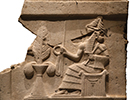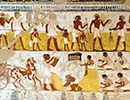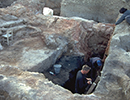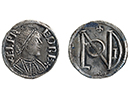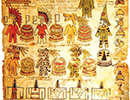Flexible Tax Brackets
China
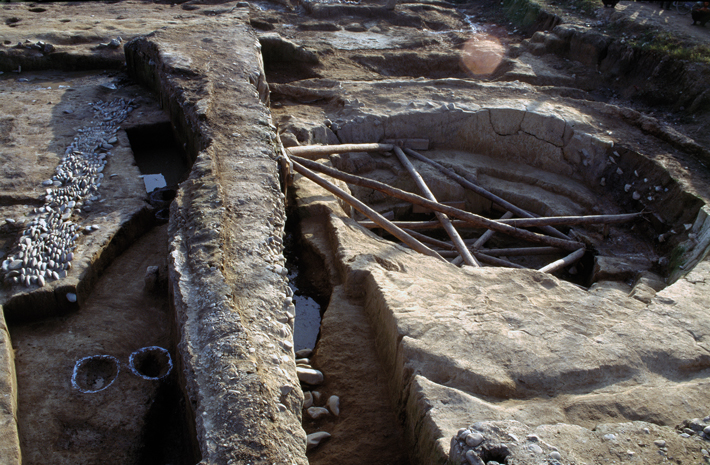
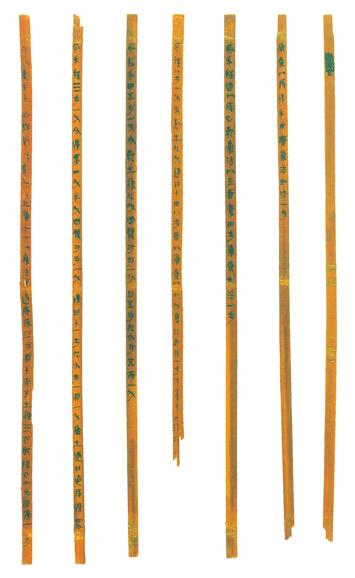 Chinese historians have long assumed that under China’s earliest imperial rulers, the Qin (221–206 B.C.) and Han (206 B.C.–A.D. 220) Dynasties, farmers turned over a fixed amount of their crops to the state as a land tax. In recent years, the discovery of official documents in the form of bamboo slips with inked characters has given scholars new insight into the early Chinese taxation regime. These include examples from a collection of more than 36,000 such bamboo slips discovered by archaeologists in wells at the Qin Dynasty site of Liye. One slip features one of the earliest known multiplication tables. Nankai University historian Zhenhong Yang examined nearly 100 Qin and Han Dynasty bamboo slips related to taxation and found that the system was more sophisticated than previously thought.
Chinese historians have long assumed that under China’s earliest imperial rulers, the Qin (221–206 B.C.) and Han (206 B.C.–A.D. 220) Dynasties, farmers turned over a fixed amount of their crops to the state as a land tax. In recent years, the discovery of official documents in the form of bamboo slips with inked characters has given scholars new insight into the early Chinese taxation regime. These include examples from a collection of more than 36,000 such bamboo slips discovered by archaeologists in wells at the Qin Dynasty site of Liye. One slip features one of the earliest known multiplication tables. Nankai University historian Zhenhong Yang examined nearly 100 Qin and Han Dynasty bamboo slips related to taxation and found that the system was more sophisticated than previously thought.
The artifacts reveal that, under the Qin and Han Dynasties, taxes actually fluctuated from year to year, and even from field to field, because local officials took into account soil conditions, weather, and crop yield before determining what was owed. The bamboo slips show that officials followed a procedure that involved inspecting all the land farmed by a particular village, after which they exempted fields that failed to produce. Then, they sampled each taxable field to determine what its actual harvest should be for that year. Finally, they calculated the amount of taxes for each household. “This process seems cumbersome,” says Yang, “but the intention was to maintain fairness and reduce corruption among local officials.”





